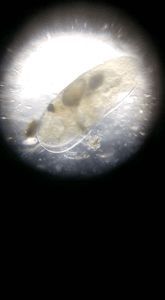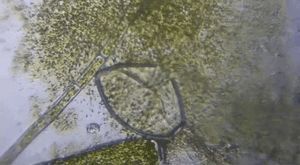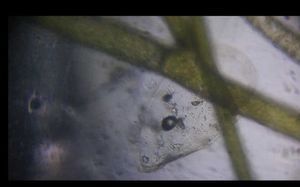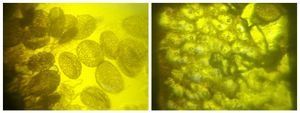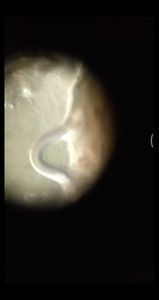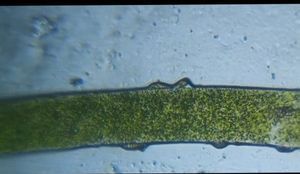Squirming Peranema, Dancing Nematode
 Sep 17, 2019 • 9:42 AM UTC
Sep 17, 2019 • 9:42 AM UTC Unknown Location
Unknown Location 140x Magnification
140x Magnification Unknown
Unknown
MananSuri
My name is Manan. I am a student from New Delhi, India. I like to explore the world around me, and foldscope acts like a gateway for me to delve into the microcosmos. Always open to learning new things, meeting new people and and having new memories.
16posts
33comments
1locations
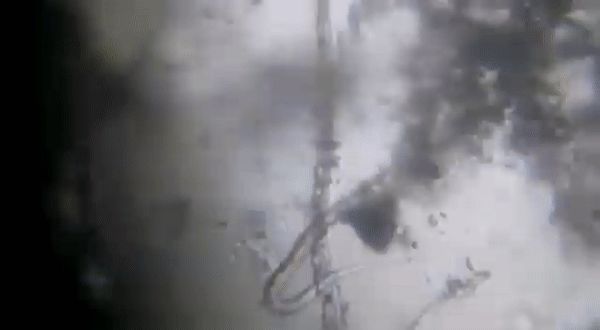
I observed that many foldscopers had made wet mounts of hydrated moss, often in the quest for tardigrades, and I when I found some growing in my backyard, it seemed like the perfect opportunity!
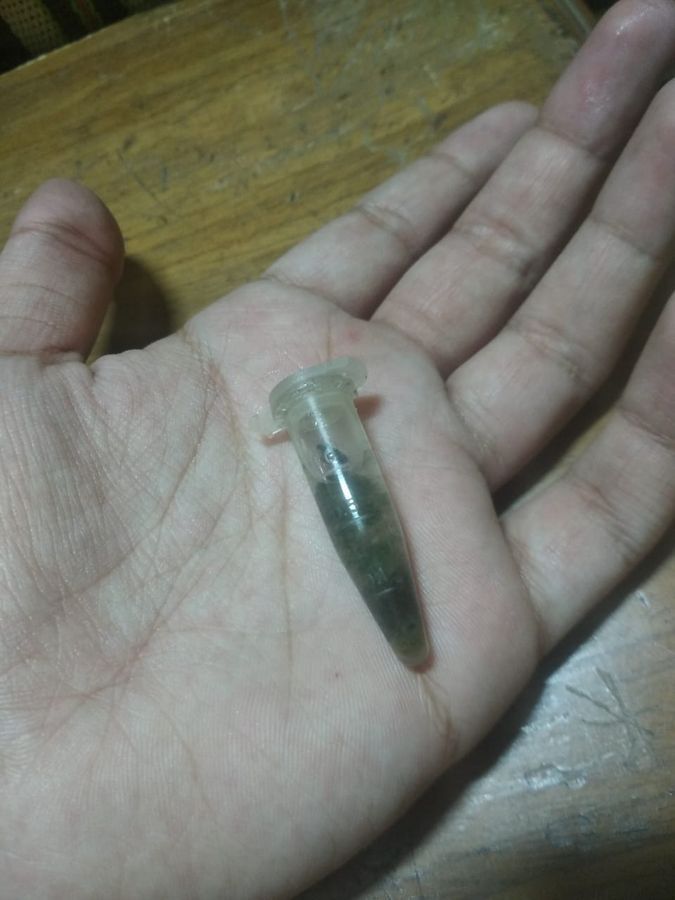
hydrated moss in Ependorf tube I found a very peculiar creature out of the blue while looking at the sample of hydrated moss (which I collected from my backyard). It had a squirming movement (which made me think at first it was an amoeba because I had never seen an amoeba before), but it also had a flagellum. I got confused and tried to surf the web to find what it was. Then I came across a video on an instagram page, jam_and_germs (
https://www.instagram.com/p/B1NjvnzDTl0/?hl=en ) and instantly it clicked, that what i observed was actually a Peranema . I confirmed it by studying a bit more about Peranema online and watched a few videos on youtube.
So, from wikipedia: Peranema is a genus of free-living phagotrophic euglenids (Euglenida; Euglenozoa; Excavata ). There are more than 20 nominal species, varying in size between 8 and 200 micrometers. [1] Peranema cells are gliding flagellates found in freshwater lakes, ponds and ditches, and are often abundant at the bottom of stagnant pools rich in decaying organic material. [2] Although they belong to the class Euglenoidea , and are morphologically similar to the green Euglena , Peranema have no chloroplasts , and do not conduct autotrophy . Instead, they capture live prey, such as yeast, bacteria and other flagellates, consuming them with the help of a rigid feeding apparatus called a “rod-organ.”
https://www.instagram.com/p/B1NjvnzDTl0/?hl=en ) and instantly it clicked, that what i observed was actually a Peranema . I confirmed it by studying a bit more about Peranema online and watched a few videos on youtube.
So, from wikipedia: Peranema is a genus of free-living phagotrophic euglenids (Euglenida; Euglenozoa; Excavata ). There are more than 20 nominal species, varying in size between 8 and 200 micrometers. [1] Peranema cells are gliding flagellates found in freshwater lakes, ponds and ditches, and are often abundant at the bottom of stagnant pools rich in decaying organic material. [2] Although they belong to the class Euglenoidea , and are morphologically similar to the green Euglena , Peranema have no chloroplasts , and do not conduct autotrophy . Instead, they capture live prey, such as yeast, bacteria and other flagellates, consuming them with the help of a rigid feeding apparatus called a “rod-organ.”
Next I observed, a nematode and was delighted to see its movements. It’s movement was kind of smooth but at the same time it seemed quite peculiar as if something was trying to hold the nematode back (because of the odd bends that it was taking). Would be grateful if anyone can help me understand why it was moving in this way…
These observation just increase my passion for exploring the microscopic world around me. I would love to get some feedback as well as tips and techniques!
Manan
Manan
Sign in to commentNobody has commented yet... Share your thoughts with the author and start the discussion!

 0 Applause
0 Applause 0 Comments
0 Comments

